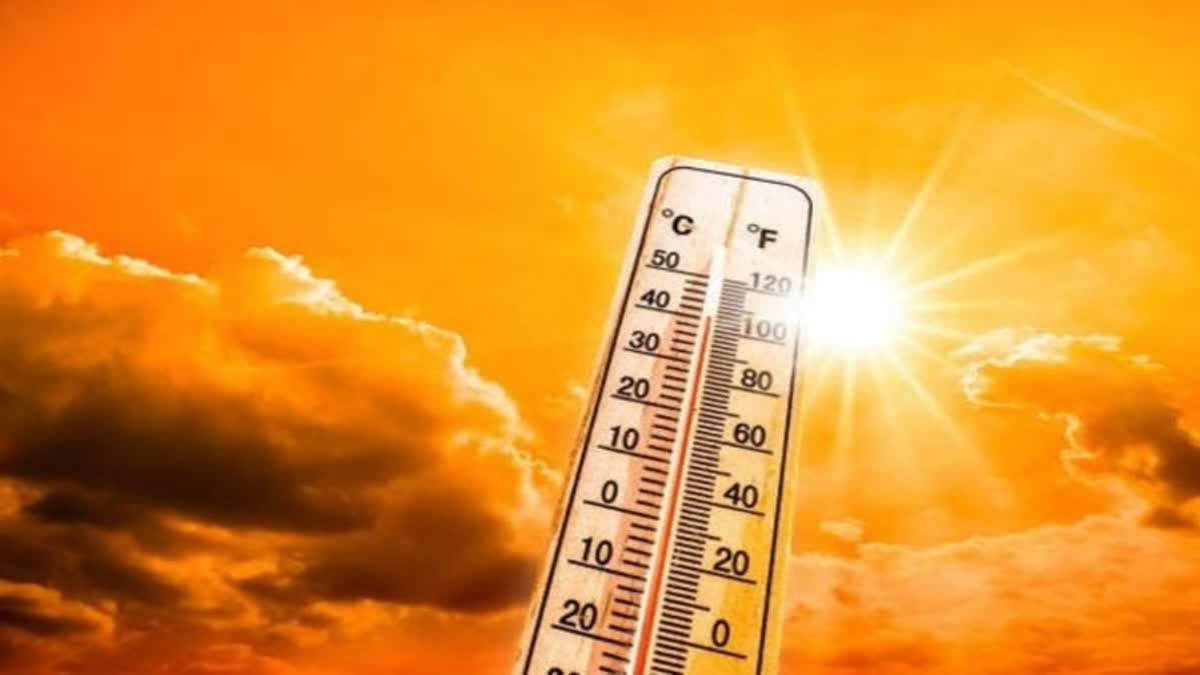New Delhi: As the country reels under the scorching heat with the Indian Meteorological Department (IMD) regularly issuing heat wave warnings across the states and union territories, a new report has claimed that extreme temperature most likely produced by human-caused climate change impacted billions of people across Asia in April and led to several deaths.
Asia was hit by severe heat waves this April which led to several deaths across the continent including 28 in Bangladesh, five in India, and three in Gaza while surges in heat deaths have also been reported in Thailand and the Philippines this year.
According to the latest report by the World Weather Attribution, "Asia was hit by severe heatwaves this April. In South and Southeast Asia, Myanmar, Laos, and Vietnam broke records for their hottest April day, and the Philippines experienced its hottest night ever. In India, temperatures reached as high as 46ºC."
"The heat was also extreme in West Asia, with Palestine and Israel experiencing temperatures above 40°C. The month was the hottest April on record globally and the eleventh consecutive month in a row a hottest month record was broken", it said.
Although this report indicates a few deaths across Asia due to these heat waves, it emphasises that "it is likely there were hundreds or possibly thousands of other heat-related deaths in Asia during April. The heat also led to crop failure, loss of livestock, water shortages, mass die-off of fish, widespread school closures, and the heat has been linked to low voter turn-out in Kerala, India."
Heatwave in India
The report highlights the deaths reported due to heatwave across India including in Kerala and Odisha.
It further said that as the temperature soars across States and UTs, numerous measures were taken by the authorities to lessen its impact, especially on children.
In light of this, several schools in Jharkhand, Kerala, Odisha suspended their classes while some put restrictions on outdoor activities and it also led to the low voter turnout in the first two phases of the Lok Sabha elections.
"In South Asia, there has been a succession of hot spring periods in recent years including multiple direct attribution studies. In 2022, the hot March-April over northwest India and southern Pakistan was made 30 times more likely and 1 degree Celsius hotter", the report said.
It further adds that "In April 2023, two weeks of humid heat in parts of India, Bangladesh, Thailand and Lao PDR were shown to have been amplified by climate change; in India and Bangladesh it had increased in likelihood by 30 times and intensity by around 2 degree Celsius and in Thailand and Lao PDR it was all but impossible without climate change and became 2.3 degree Celsius hotter."
The report highlights that these heatwaves and high temperatures recorded in the latest years are more likely caused by anthropogenic influence (resulting from the influence of human beings on nature).
"April 2024 represents another manifestation of this changing likelihood of extremes and the same results apply. While there is evidence that El Niño events increase the likelihood and intensity of heatwaves over India, this does not diminish the role of global mean surface temperature (GMST) in making the event hotter than it would have been", the report said.
Household Coping Strategies
